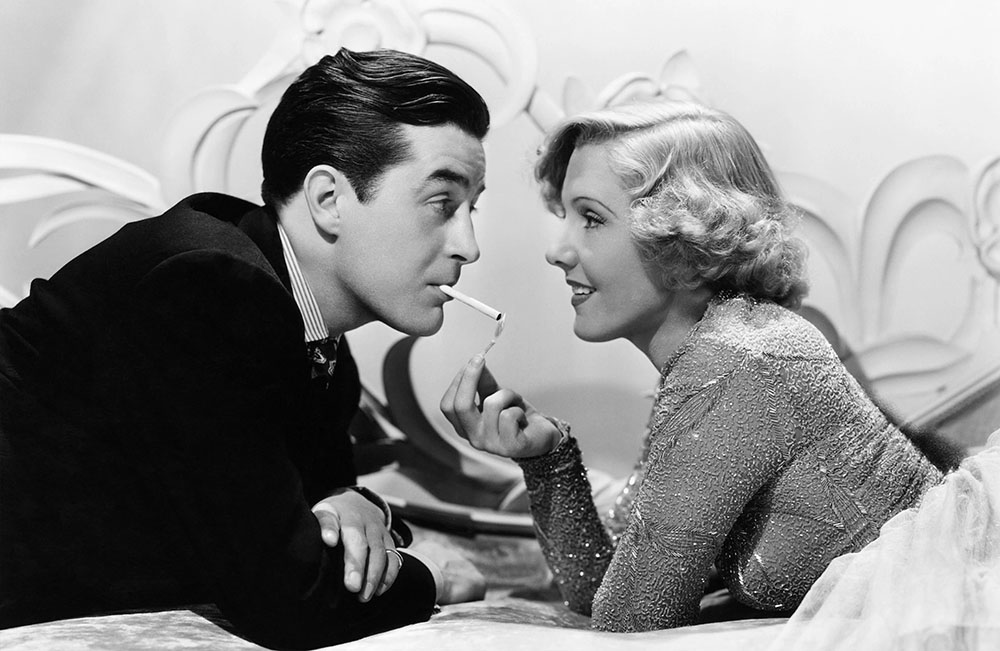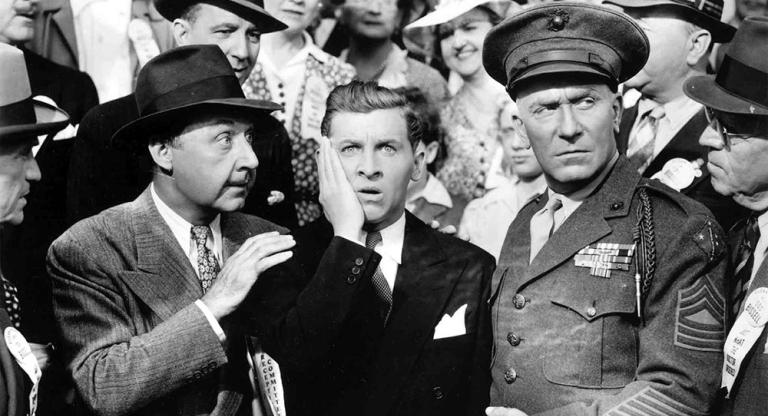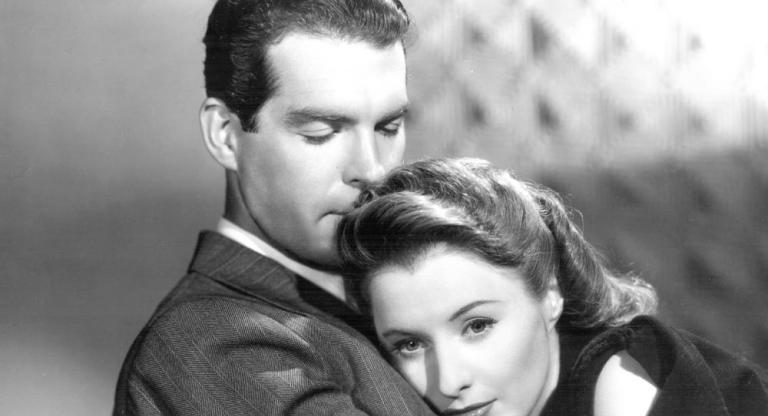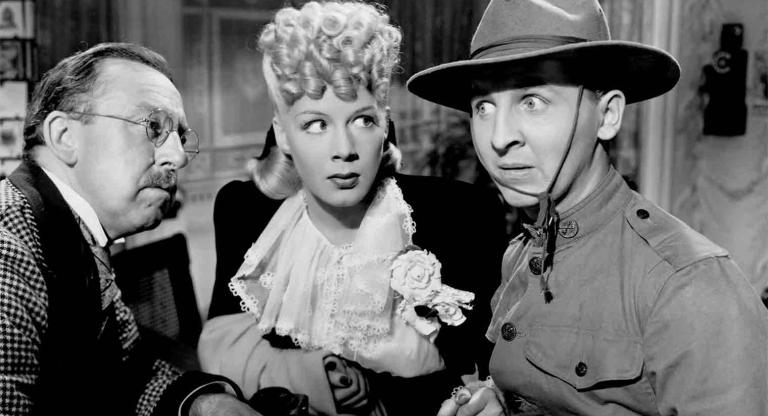In the 1930s and ’40s, Mitchell Leisen—an architect by training, who came to directing after a decade in costume design and art direction—was a Hollywood notable. When he crops up today, however, it’s typically as a supporting player in the discussion of either Billy Wilder or Preston Sturges—two names that, unlike his own, are fixed in the firmament of classical-era auteurs. Prior to their own moves into directing, both men were writers on films helmed by Leisen. Amongst the handful of titles bearing either of their imprimaturs are two screwball standouts: Midnight (1939), written by Wilder and Charles Brackett, and Easy Living (1937), written by Sturges.
Leisen can in fact be credited with inspiring both Wilder and Sturges to direct, albeit for reasons for which he could hardly have wished to take credit. “All he did was he fucked up the script and our scripts were damn near perfection, let me tell you,” Wilder sniped to Leisen biographer David Chierichetti. “Leisen was too goddamn fey. I don’t knock fairies. Let him be a fairy. Leisen’s problem was that he was a stupid fairy.” Sturges, meanwhile, apparently just as leery of his colleague’s uncloseted homosexuality, dismissed him as an “interior decorator.” (That Leisen, a man of multiple trades and talents, actually did dabble in interior decorating is beside the point.)
Just as well that Leisen thought Sturges’s script for Easy Living, a Depression-era Cinderella story set in New York City, was “all talk.” Pruned accordingly by the director, the film is still dense with dizzying reversals of fortune, beginning with a fur coat flung from a Park Avenue rooftop. It lands upon the unsuspecting pate of working gal Mary Smith (sweet screwball staple Jean Arthur), thus rerouting her day for collision with the ultra-rich Ball family, comprising big-time banker daddy (Edward Arnold)—the pelt pelter himself—his wife (Mary Nash), and their handsome failson (Ray Milland). After being mistaken for Ball Sr.’s mistress, Mary finds herself installed in a glaringly rococo hotel, her arms loaded up with glittering frippery even as her empty stomach is rumbling.
While Easy Living takes clear delight in its array of over-the-top interiors and accoutrements, there’s more to it than wish-fulfillment fantasy. This decadence serves as campy counterpoint to the poverty with which the film flirts; in the context of real need, the trappings of wealth verge on unconscionable. Ridiculous, too, as anyone who’s witnessed Arthur and Milland attempting to climb the slippery sides of a giant clamshell tub, its life-sized Venus figurehead looking on beneficently as they flail, fully clothed, against multi-directional jets of water, should be able to attest—even, and maybe especially, those with a dim view of interior decoration.
Easy Living screens this evening, May 23, in 35mm at Film Forum as part of the series “The City: Real and Imagined.”






